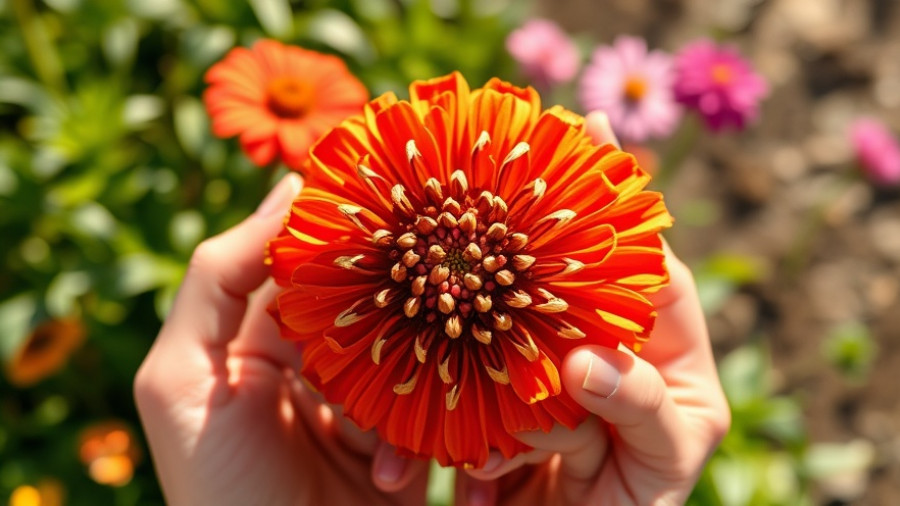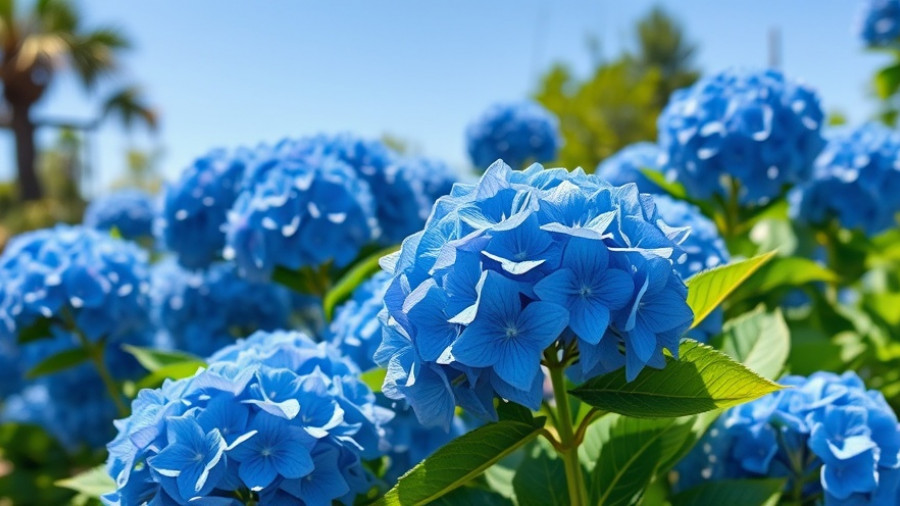
SEO Keyword: Preparing for Hurricane Season in the Carolinas
As the aftermath of Hurricane Helen's unexpected assault on Asheville, North Carolina, becomes clearer, many homeowners are left grappling with the impacts of a storm that proved fiercer than predictions suggested. Not only did the hurricane raise awareness around emergency preparedness, but it also highlighted the importance of proactive measures to protect homes and families from natural disasters that are seemingly increasing in frequency and intensity.
In 'The Storm | Carolina Comeback Web Series E1 | This Old House', the discussion dives into the impacts of Hurricane Helen, exploring key insights that sparked deeper analysis on our end.
Lessons Learned: Why We Must Prepare for the Unexpected
The case of the Bordy family, who live near the Swanoa River, serves as an example of why comprehensive preparedness plans are crucial. Their earlier assessment of the storm—believing they were safe based on past experiences—turned dire as roads became impassable and floodwaters approached their home. Homeowners in flood zones or areas prone to severe weather can significantly decrease risks by creating and updating emergency plans, especially during hurricane season.
Historical Background: The Pattern of Hurricanes in the Region
The Carolinas have a long history of hurricanes, often affecting communities in dramatic ways. Hurricane Fred, which pre-equipped many locals with a false sense of security, should serve as a reminder that past storms are not always a reliable measure for future events. As the climatological patterns shift, the frequency and intensity of hurricanes may increase, making advance preparations even more crucial for homeowners.
Emotional Connections: How Storms Impact Family Life
The experiences of families like Matt and Melinda Self's showcase the human side of storm preparedness. Their decision to spend the night in a basement surrounded by loved ones symbolized a balance between practicality and emotional safety. During storms, it’s crucial to not only have physical preparations but also to ensure mental readiness to face potential hazards. Families should engage in discussions about emergency plans to foster unity and support through uncertain times.
Future Predictions: What Homeowners Should Expect
As climate change continues to impact weather patterns, forecasts suggest that hurricanes may become more severe, with a higher likelihood of rapid intensification. Homeowners need to adapt by investing in durable building materials, reinforcing roofing structures, and elevating electrical systems to mitigate potential damages in future storms. Collaboration with local emergency services can enhance preparedness, allowing families to take preemptive actions before severe weather strikes.
Actionable Insights: Developing a Home Preparedness Plan
To avoid the pitfalls seen in stories like Helen’s, homeowners are encouraged to develop detailed disaster preparedness plans. Simple steps include:
- Establishing an emergency contact list,
- Creating an inventory of household items,
- Conducting regular drills to ensure everyone knows their roles during an emergency.
Ensuring buildings are resilient against the forces of nature will not only protect property but also safeguard loved ones. While hope for safety during a storm is vital, being actively prepared provides peace of mind in anxious situations.
As we reflect on the lessons learned from the storms that ravage our coasts, it's imperative for every homeowner to embrace a proactive outlook in storm season. Now, more than ever, taking concrete steps toward preparedness is an essential part of homeownership.
For additional resources on creating effective storm preparedness plans, consider visiting local community centers or consulting with experts.
 Add Row
Add Row  Add
Add 




Write A Comment